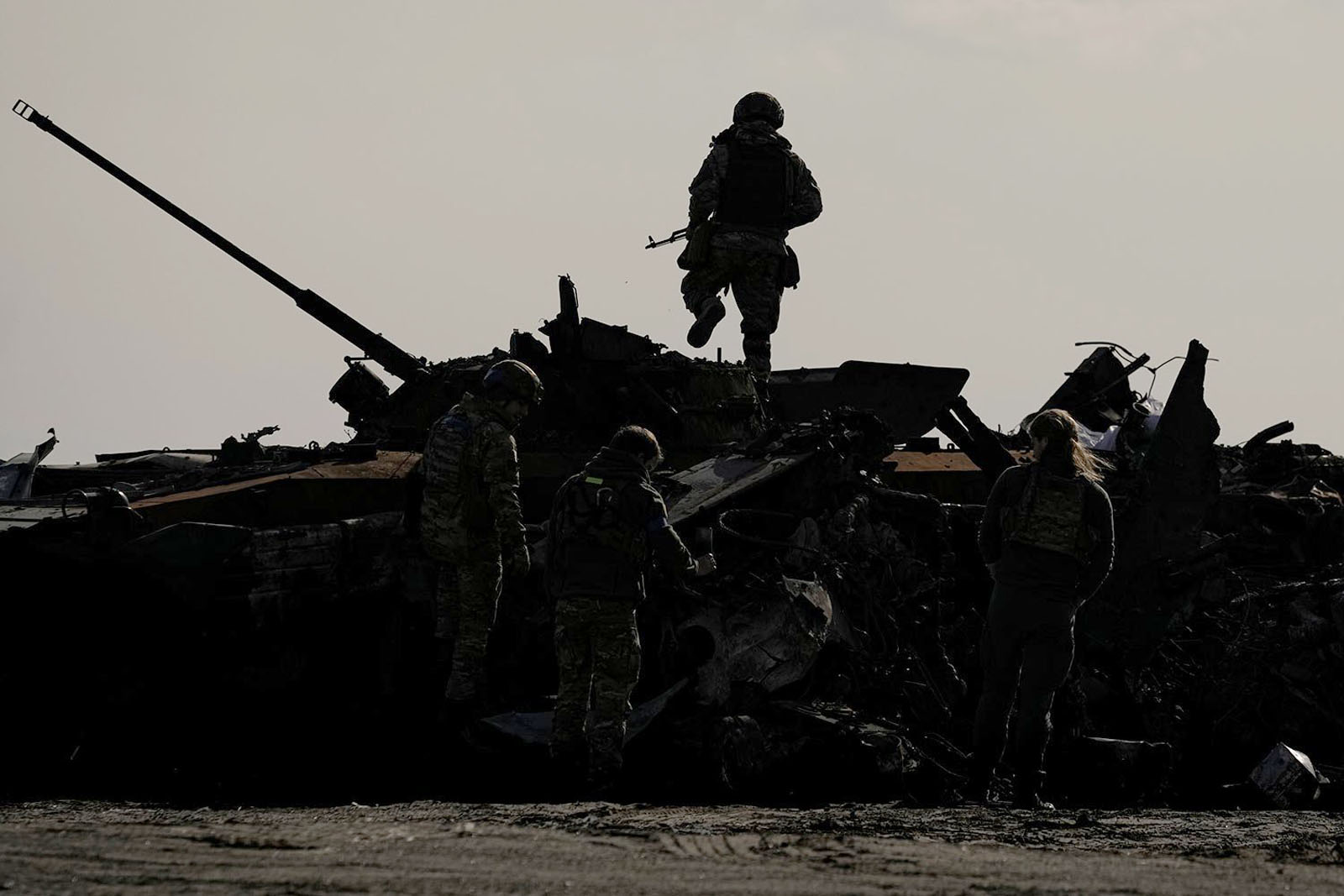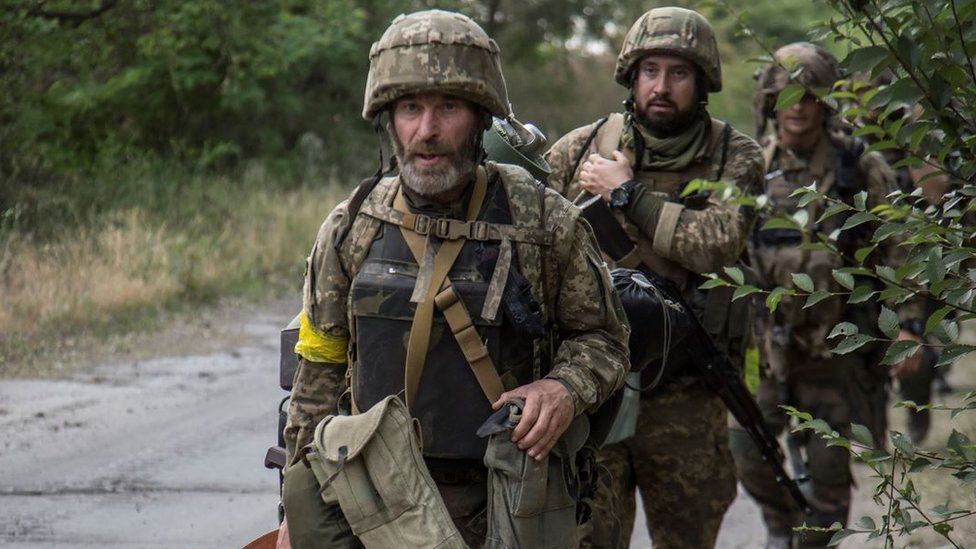Observed Russian Lessons Learned from The First Phase of The Invasion
July 30, 2022
by Alexei Zarembski

Russia likely did not adapt its traditional artillery first doctrine to avoid mass civilian casualties and maintain Ukraine's infrastructure intact. Once Russia learned from its operation failures, tactics were changed.
Prior to the invasion, Russian intelligence assessed modern Ukrainian forces as poorly motivated and trained based on reporting desertions, corruption, and a lack of contract personnel. While some of these beliefs might have been intelligence failures on the side of Russia, even Western analysts agreed that before the invasion, Ukrainian forces were somehow undermanned, too reliant on conscripts, underequipped, corrupt, had a low overall standard of combat training, and were struggling with shortages of professional non‐commissioned officers (NCOs).
Based on this belief, during the first phase of the invasion, Russia opted to adopt an encircling strategy using fast-moving armored columns. The tactic was likely chosen to incentivize desertion, surrendering, keeping low casualty rates on both sides, and maintaining Ukrainian’s civilian infrastructure mostly intact. This strategy was an operational failure due to a lack of logistics and ill-executed combined arms operations, among other factors.
RUSSIAN LESSONS LEARNED
In the second phase of the invasion, the Russian armed forces adapted to the modern Ukrainian battlefield. Identified lessons learned from the first phase of the invasion have led the Russian forces to:
- Improve C2 Apply better logistics Develop effective UAV countermeasures using EW and layer long-range and short-range air defenses Adopt proven strategies and tactics focusing on the use of artillery Improve combined armed operations Use accurate artillery fire to deny Ukraine a massing of its forces to conduct counterattacks

THE SOVIET-ERA ARTILLERY FIRST DOCTRINE
Since Russia abandoned its encirclement strategy, its armed forces have adopted a traditional Russian artillery-centered doctrine. This infamous doctrine has been in use since the Tsars' time and has been incredibly devastating towards the enemy, civilians, and infrastructure. The latest examples of this tactic include Chechnya, Georgia, and Syria.
Russia's artillery has always been historically sound, and artillery has been regarded as holy since the time of Peter the Great. From the 18th century until today, Russian artillery has been considered superior. For instance, during the Russo-Japanese war of 1904-05, the Russian Imperial Army was reportedly the first to use indirect fire in combat.
RUSSIA'S EXPENDABLE INFANTRY
In comparison, infantry has always been considered expendable, and Russian infantry has been historically terribly treated, ill-equipped, and ill-trained. On the other hand, Ukrainian infantry is not expendable, and while Russian doctrine might be flexible regarding combat losses of infantrymen, Ukraine's doctrine is not.
Russia is taking advantgage of this fact and is now relying on grinding down Ukranina defensive positions with masses of infantry and armor conducting spearhead attacks. Despite the human and equipment cost on both sides, Russia is acostume to tolerate this number of casualties.

ASSESSMENT
Russia will HIGHLY LIKELY continue to rely on its artillery-first doctrine to cause mass casualties and win a war of attrition against Ukraine. Even though this strategy is causing mass Russian casualties, Ukranina casualiteis are LIKELY at paired and unsustainable.
END OF REPORT
Top Image Credit: manhhai via Flickr. Title: Russia Ukraine War - Day 43: Gathering the dead, clutching to life. License CC BY 2.0 https://creativecommons.org/licenses/by/2.0/
Middle Image Credit: Mil.ru, CC BY 4.0 https://creativecommons.org/licenses/by/4.0, via Wikimedia Commons
End Image: Marked as public domain by Just Click's With A Camera via Flickr
Copyright by Vigiles Analytica. All rights reserved. ©2025
